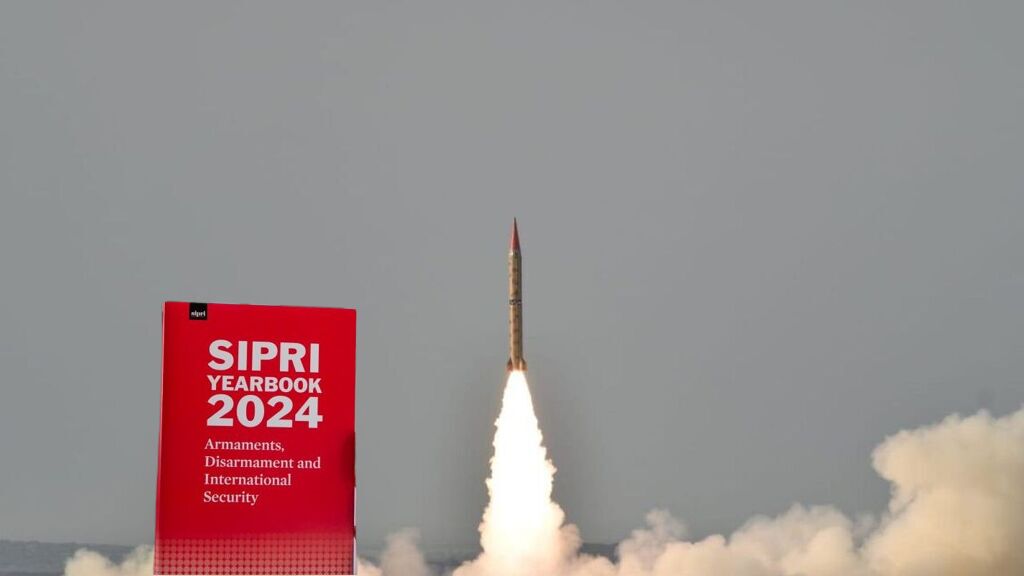
- SIPRI Yearbook 2024 highlights the increasing number of operational nuclear warheads, decreased transparency, and the modernization of nuclear arsenals.
- Projections suggest that China could have over 1,000 warheads by 2047, reflecting its aggressive military expansion and highlighting its geopolitical ambitions and the impact on global security.
- India now possesses more warheads than Pakistan and this underscores the ongoing nuclear arms race in South Asia with huge implications for regional stability.
From the ongoing military conflict in Ukraine to tensions in West Asia, the world has witnessed significant geopolitical crises in recent years. Amid these challenges, nations are increasingly bolstering their military arsenals, particularly focusing on modern military assets like nuclear weapons. The SIPRI Yearbook 2024 offers critical revelations about the current state of nuclear weapons worldwide, highlighting the growing stockpiles and reliance on nuclear deterrence.
Major Findings of the SIPRI Report:
The SIPRI Yearbook 2024 reveals a concerning trend in global development and reliance on nuclear weapons. The number and types of nuclear weapons in development have increased, and this trend is not confined to a specific region but has become a worldwide phenomenon. The report underscores the heightened reliance on nuclear weapons by nuclear-armed states. Historically, nuclear weapons have been credited with preventing wars, particularly during the Cold War when neither the USA nor the Soviet Union engaged in direct military conflict. This principle continues to influence geopolitical strategies in the 21st century.
As of January 2024, there are an estimated 12,121 nuclear warheads globally. Of these, 9,585 are in military stockpiles, 3,904 are deployed with missiles and aircraft, and 2,100 are on high operational alert. The USA and Russia together account for nearly 90% of the world’s nuclear weapons. Experts see this as a potential resurgence of Cold War dynamics, particularly in light of the ongoing conflict in Ukraine.
China’s nuclear arsenal has grown significantly, from 410 warheads in 2023 to 500 in 2024. Projections suggest that China could have over 1,000 warheads by 2047, reflecting its aggressive military expansion. This situation is alarming and highlights China’s geopolitical ambitions and the potential impact on global security. The report also notes a decline in transparency regarding nuclear stockpiles, driven by geopolitical tensions and conflicts. This lack of transparency complicates efforts to monitor and control nuclear arsenals, making the global nuclear landscape more precarious.
In the Asia-Pacific region, India and Pakistan continue to expand their nuclear arsenals. The report indicates that India has surpassed Pakistan in the number of nuclear warheads, with India now possessing more warheads than Pakistan. This development underscores the ongoing nuclear arms race in South Asia and its implications for regional stability. Additionally, the report highlights the modernization of nuclear arsenals in West Asia, particularly by Israel, amidst ongoing regional conflicts.
The SIPRI Yearbook 2024 provides a sobering overview of the current nuclear landscape. It highlights the increasing number of operational nuclear warheads, decreased transparency, and the modernization of nuclear arsenals. The findings underscore the urgent need for international cooperation to address these growing threats and ensure global security. Nations must advocate for peace and diplomacy to avoid repeating past mistakes and leading the world into greater instability.
Aayush Pal is a freelance writer on contemporary geopolitical developments. The views expressed in his work are entirely his own.
